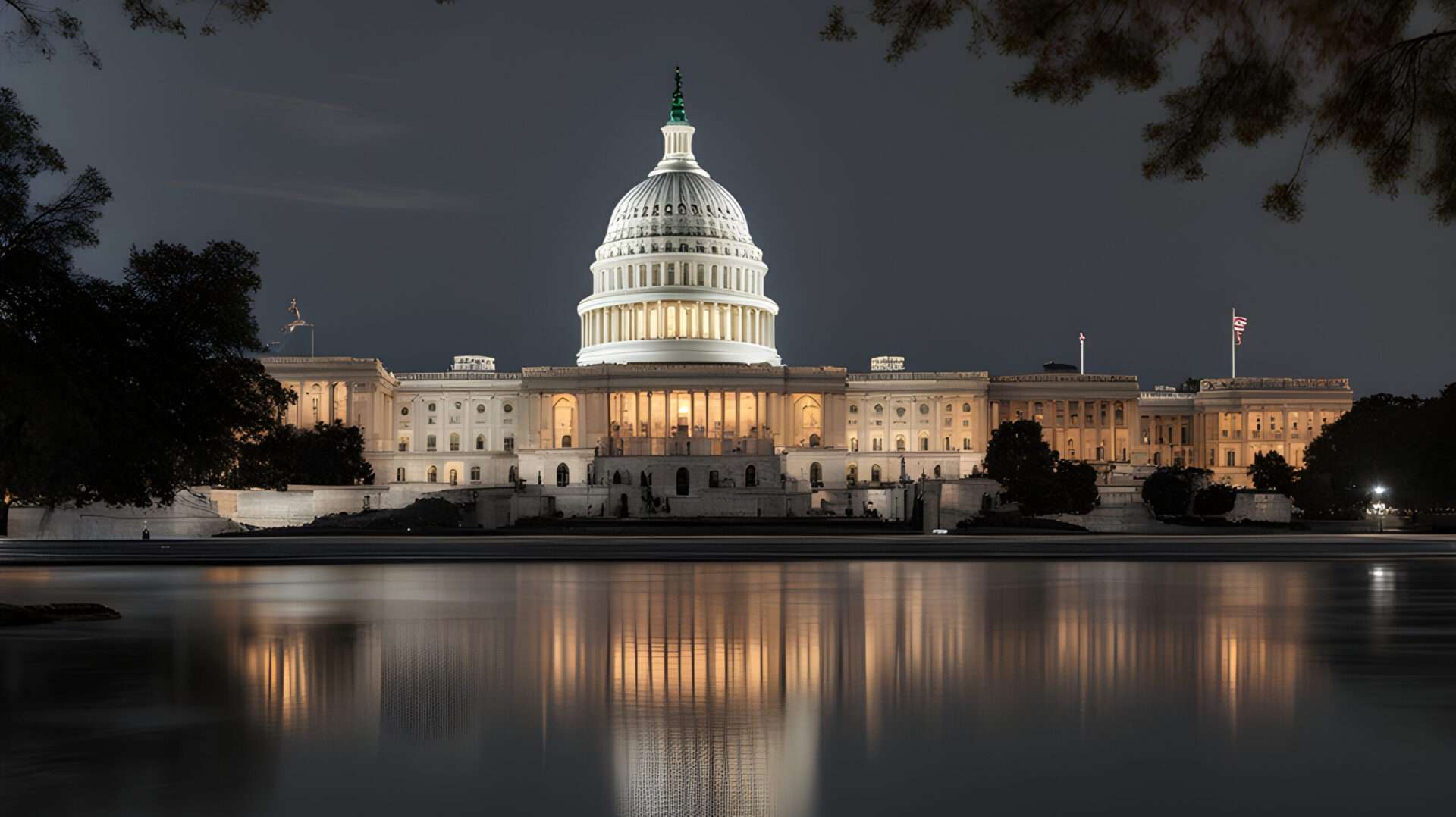Note: Political Awareness’s published communication is never authorized by any candidate or their committees.
Immigration Reform in the United States: Pathways, Walls, and Work
Immigration reform has never been a single-issue debate in America. It is a contest of values, economics, and national identity all rolled into one. In 2025, the debate continues with two competing imperatives: the humanitarian needs to protect families and asylum-seekers, and the economic need to fill critical labor shortages across industries. The path forward will require balancing compassion with pragmatism, rights with responsibilities, and politics with long-term vision.
The Humanitarian Dimension of Immigration
The humanitarian dimension is unavoidable. Families continue to arrive at the southern border, often fleeing violence, poverty, or climate displacement. For many, the asylum system remains the only hope of legal entry, yet backlogs stretch for years, leaving applicants in limbo. Children grow up without clarity, parents live with constant uncertainty, and communities struggle to absorb newcomers without adequate federal support. Reform advocates argue that humane processing is not just a moral duty but a…
Family Reunification as a Core Principle
Family reunification is another cornerstone. Decades of restrictive quotas have separated spouses, children, and parents for years at a time. Proposals to streamline visas for close relatives highlight a deeper truth: immigration is not just about labor supply; it is about social stability. Families that stay together integrate faster, contribute more consistently, and foster stronger community ties. Policymakers often treat family-based immigration as secondary to employment-based visas, but the human s…
Legalization Pathways and Political Divisions
Legalization pathways remain politically divisive yet essential. Millions of undocumented immigrants already live and work in the United States, paying taxes, raising children, and contributing to the economy. Proposals for earned legalization — requiring work, background checks, and civic participation — would bring these individuals out of the shadows. Critics warn of “amnesty” and incentives for future unauthorized entry, but without a pathway, the nation perpetuates a permanent underclass. That outco…
The Economic Case for Immigration Reform
After humanitarian considerations, the economic story comes into view. Across industries from agriculture to healthcare, employers report shortages that native-born workers cannot or will not fill. Demographic trends — an aging population and slowing workforce growth — intensify the pressure. Immigrants already power much of the service sector, and without legal, stable pathways, industries face chronic instability. Immigration reform, therefore, doubles as labor market policy. A workforce starved of tal…
Expanding Work Visas and Labor-Based Pathways
Work visas and labor-based pathways remain underutilized tools. Expanding seasonal visas for agriculture, refining high-skill visas for technology, and creating flexible mid-skill visas for care work could better align immigration with economic demand. Current systems are rigid, slow, and often mismatched to labor realities. Reform would require not just more visas but smarter allocation — connecting policy to actual labor market data rather than partisan preferences.
Border Management and Security Policies
Border management remains politically symbolic, but its policy stakes are real. Investments in walls, drones, and surveillance technologies satisfy the optics of security, but without parallel investments in ports of entry, asylum adjudication, and legal migration channels, the system remains clogged. The emphasis on deterrence over management often backfires, encouraging irregular crossings when legal pathways are insufficient. A balanced approach would prioritize order through capacity, not just barrie…
Immigration also carries geopolitical weight. Latin American nations watch how the U.S. treats their citizens, and diplomatic relationships rise or fall accordingly. Humanitarian negligence damages credibility, while reforms that balance compassion and enforcement bolster America’s reputation as both a partner and a principled power. In a world where migration flows will only increase due to climate change, U.S. leadership will set precedents that ripple globally.
Addressing Concerns and Risks of Reform
Critics of reform warn about cultural change, fiscal costs, and the risks of crime or terrorism. While no policy is risk-free, the data suggests that immigrants commit crimes at lower rates than native-born citizens, and their fiscal contributions outweigh costs over time. Reform is not about ignoring risks but about managing them more effectively. A transparent, legal, and humane system does more to reduce risks than the patchwork of restrictions and improvisations that define the status quo.
The Path Forward: Integrating Humanitarian and Economic Goals
The path forward must integrate the humanitarian with the economic. That means expanding asylum capacity, streamlining family reunification, and creating earned legalization pathways. It also means reforming work visas to meet labor needs, investing in border infrastructure that manages rather than merely deters, and anchoring all reforms in fairness and transparency.
Immigration reform has eluded Congress for decades not because solutions are impossible but because the politics of fear has been more powerful than the politics of balance. In 2025, the stakes are higher than ever. Labor shortages strain industries, asylum seekers strain border systems, and families strain under separation. The choice is not between walls and pathways, but how to design a system that honors humanitarian values while sustaining America’s economy.
If lawmakers can move beyond slogans to practical compromise, immigration reform could once again be a source of renewal rather than division. The future of the U.S. labor force, the stability of families, and the credibility of American values all depend on it.

Leave a Reply